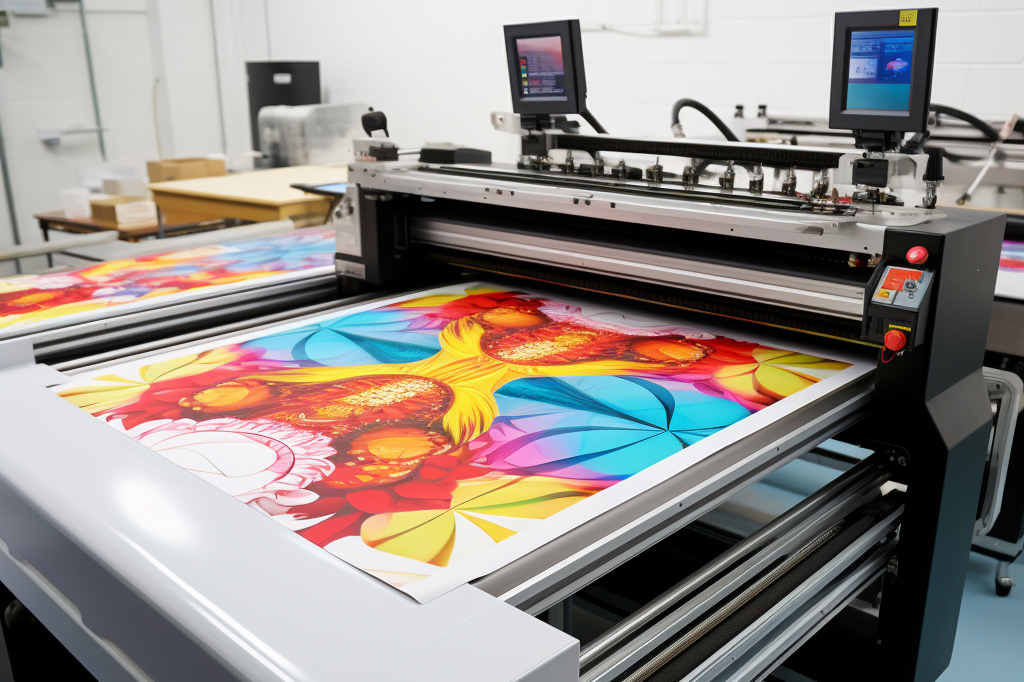Screen printing and DTF printing are both popular methods for creating high-quality prints. Let's unveil the pros and cons of each technique:

Screen Printing:
Pros:
1. Versatility: Screen printing can be used on a wide range of substrates, including textiles, paper, glass, plastics, and more.
2. Vibrant Colors: Screen printing allows for bold and vibrant colors with high color opacity, making it suitable for designs that require strong color saturation.
3. Durability: Screen-printed designs are known for their durability and long-lasting quality, making them suitable for garments and other products that undergo frequent use or washing.
4. Cost-Effective for Large Volumes: Screen printing is cost-effective for large production runs, as the costs per unit decrease with higher quantities.
Cons:
1. Limited Detail and Resolution: Screen printing may not achieve the same level of detail and resolution as other printing methods, such as DTF printing.
2. Color Count Limitations: Each color in a design requires a separate screen, which can limit the number of colors that can be used efficiently.
3. Longer Setup Time: Screen printing involves the creation of screens for each color, which requires setup time and can increase production lead times.
4. Not Ideal for Complex Designs: Intricate or highly detailed designs may not translate well in screen printing due to the limitations of the mesh screen.
DTF Printing:
Pros:
1. High Detail and Resolution: DTF printing can achieve finer details and smoother gradients, making it suitable for designs that require high levels of precision and clarity.
2. Unlimited Color Count: DTF printing allows for the use of unlimited colors in a design, as it is a digital printing process that can reproduce complex and multicolored designs accurately.
3. Quick Turnaround Time: DTF printing can offer faster production speeds compared to screen printing, especially when multiple colors are involved, as it allows for simultaneous printing of multiple colors in a single pass.
4. Versatile for Fabrics: DTF printing is primarily used for printing on fabrics, particularly on garments made of polyester or blends with a high polyester content.
Cons:
1. Limited Substrate Compatibility: DTF printing is primarily suitable for fabrics and may not be as versatile as screen printing in terms of substrate compatibility.
2. Costlier for Small Runs: DTF printing may have higher costs for small production runs compared to screen printing due to the digital printing process and specialized films involved.
3. Potential for Color Fading: Depending on the ink quality and post-processing techniques used, DTF prints may have a higher risk of color fading over time compared to screen prints.
The choice between screen printing and DTF printing depends on factors such as the desired print quality, substrate type, color count, production volume, and budget constraints. Evaluating the pros and cons of each technique will help you make an informed decision based on your specific needs and requirements.
